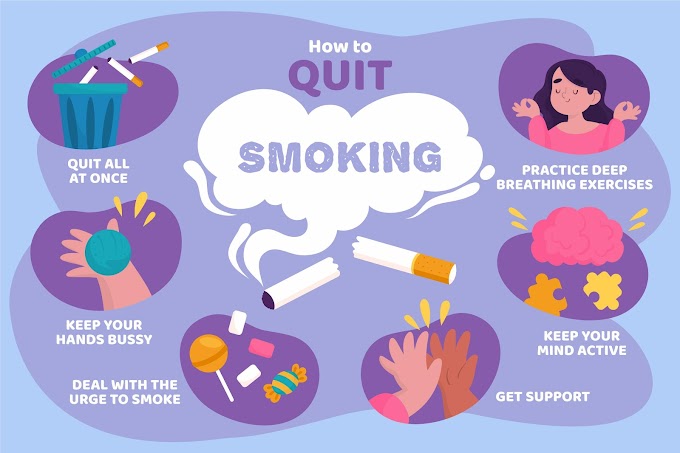There is a well-established link between smoking and increased blood pressure. Studies have shown that smoking cigarettes can raise blood pressure levels, both in the short-term and the long-term. The chemicals and toxins present in cigarettes can constrict blood vessels and increase the resistance of blood flow, leading to higher blood pressure. The more cigarettes a person smokes and the longer they smoke, the greater the increase in blood pressure is likely to be. This increased blood pressure can have serious consequences for a person's health, including an increased risk of heart attack, stroke, and other cardiovascular diseases. It is important for individuals to be aware of the potential impact of smoking on their blood pressure and to consider quitting smoking as a means of maintaining healthy blood pressure levels.
10 Blood pressure problems cause by smoking
1. Elevated blood pressure
Elevated blood pressure, also known as hypertension, is a condition in which the pressure of the blood in your arteries is higher than normal. It is a common condition that can lead to serious health problems if not managed properly. High blood pressure can cause damage to your heart, kidneys, and other organs and can increase your risk of stroke, heart attack, and other life-threatening conditions. Treatment for elevated blood pressure often includes lifestyle changes such as eating a healthy diet, getting regular exercise, and quitting smoking. In some cases, medication may be necessary to help control your blood pressure.
2. Reduced oxygen supply in the body
Reduced oxygen supply in the body can lead to various health problems, including fatigue, shortness of breath, dizziness, confusion, and difficulty concentrating. It can also cause chest pain and an irregular heartbeat, as well as a blue tint to the skin, lips, and fingernails. In severe cases, a lack of oxygen can lead to organ damage, coma, and even death.
4. Increased risk of heart attack
Having high cholesterol increases one's risk of having a heart attack. High cholesterol is one of the major risk factors for heart disease, and it can cause fatty deposits to form in the coronary arteries, which can then become blocked and lead to a heart attack. Other risk factors include high blood pressure, smoking, diabetes, obesity, physical inactivity, and family history of heart disease.Heart Disease and Strokes
5. Increased risk of developing peripheral artery disease (PAD)
Peripheral artery disease (PAD) is a condition that occurs when the arteries in the legs and arms become narrowed or blocked due to the buildup of plaque. This can lead to decreased blood flow to the limbs, causing pain, numbness, and other symptoms. People with certain risk factors, such as smoking, diabetes, high blood pressure, and high cholesterol, are more likely to develop PAD.Peripheral artery disease (PAD)
6. Hardening of the arteries (atherosclerosis)
Hardening of the arteries, also known as atherosclerosis, is a condition in which plaque builds up in the arteries, causing them to become thick and less flexible. The plaque is made up of fat, cholesterol, calcium, and other substances. Over time, the plaque can narrow the artery, making it harder for blood to flow through. This can lead to high blood pressure, chest pain, heart attack, stroke, and other serious medical conditions.
Coronary artery disease (CAD) is a type of heart disease that occurs when the coronary arteries, the blood vessels that supply oxygen and blood to the heart, are blocked or narrowed due to a buildup of plaque. This buildup of plaque is caused by a combination of high cholesterol, high blood pressure, smoking, and other factors. CAD can lead to chest pain (angina), heart attack, and other heart issues. Treatment for CAD can include lifestyle modifications, medications, and procedures such as angioplasty and bypass surgery. coronary Artery Disease
9. Coronary heart disease (CHD)
Coronary heart disease (CHD), also known as coronary artery disease, is a type of heart disease caused by the buildup of plaque in the coronary arteries. These arteries supply oxygen-rich blood to the heart muscle. When plaque builds up in the arteries, the condition is known as atherosclerosis. Plaque can narrow or block the coronary arteries, leading to a decrease in blood flow to the heart. CHD can lead to chest pain, a heart attack, heart failure, or arrhythmia. Treatments for CHD include lifestyle changes, medications, and surgery.Mayo Clinic Explains Coronary Artery Disease



.jpg)




.jpg)